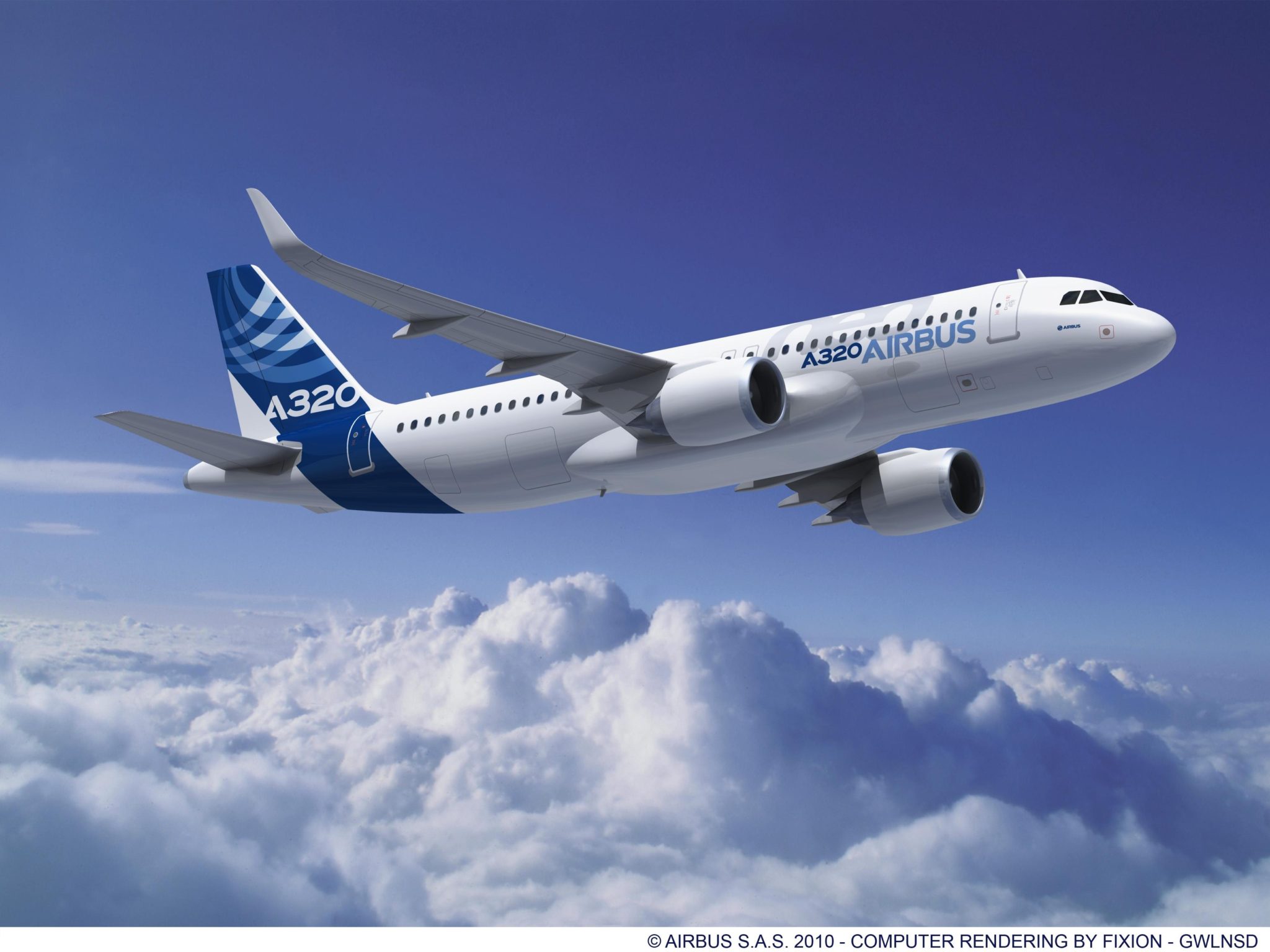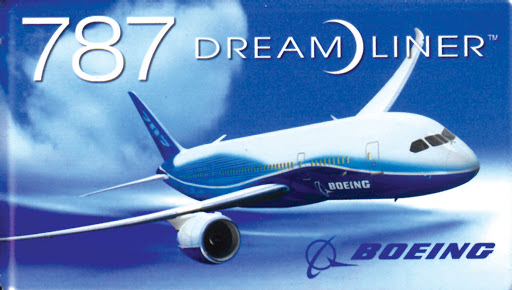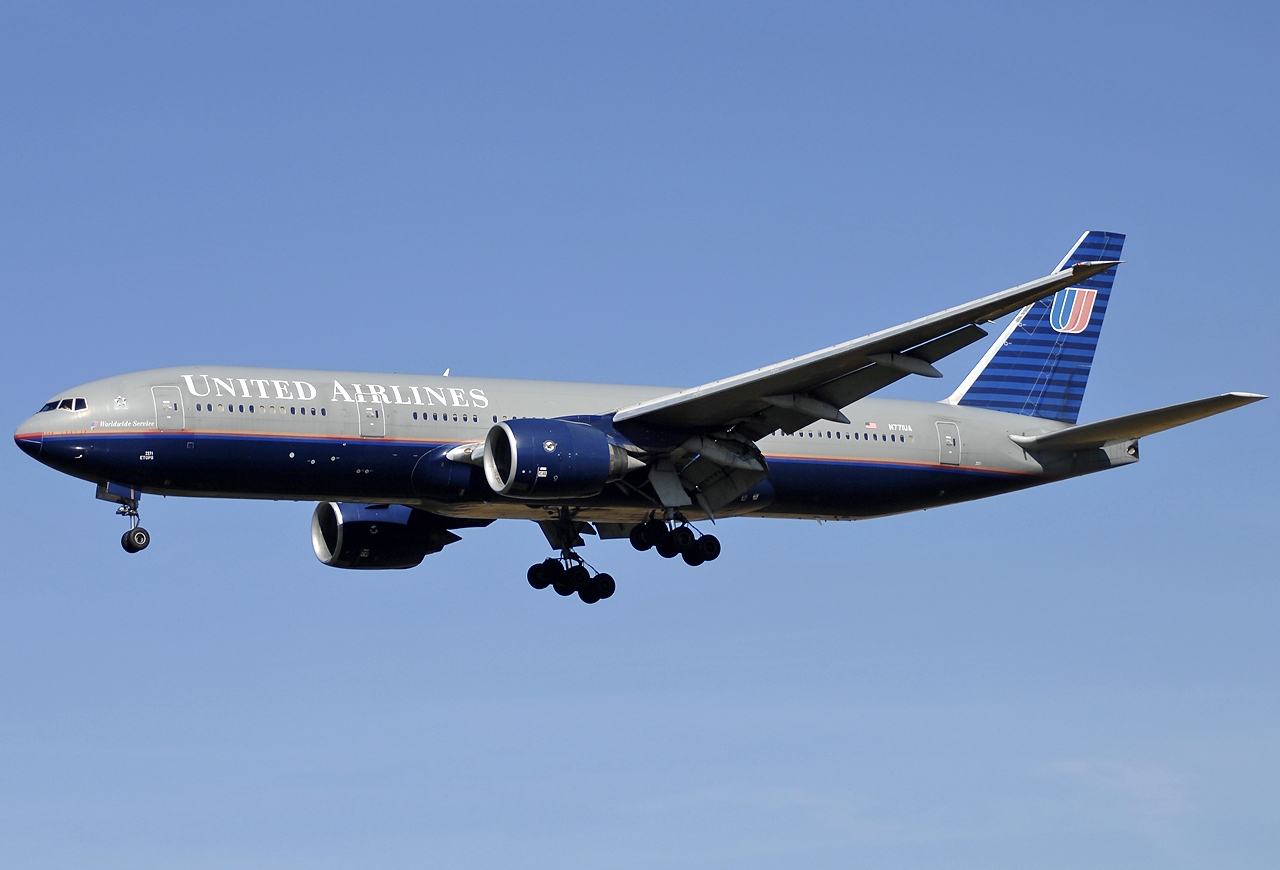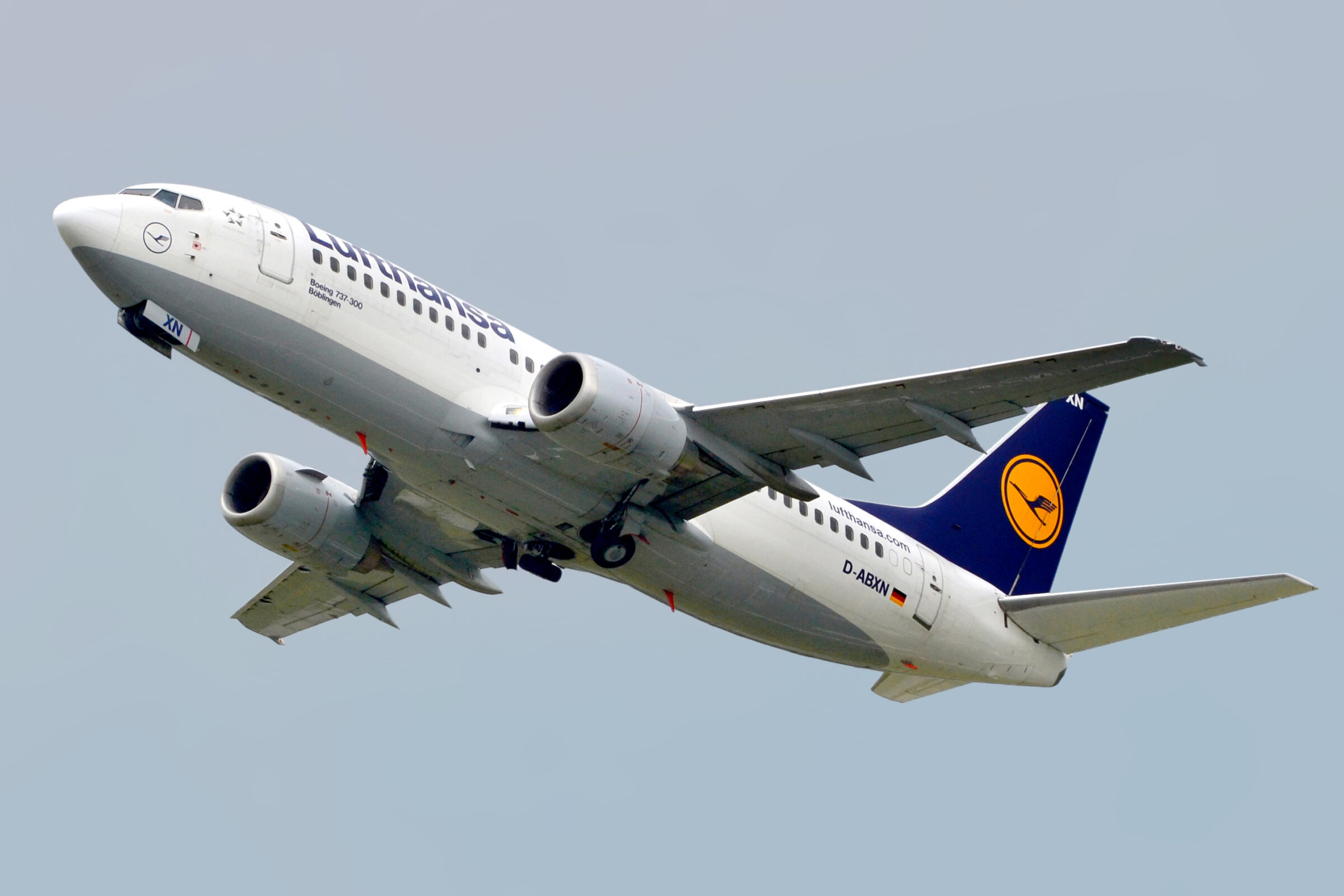Leeham News and Analysis
There's more to real news than a news release.
Pontifications: Energy costs add to aerospace supply chain squeeze
Oct. 17, 2022, © Leeham News: The aerospace supply chain faces new strains due to rising energy costs, Airbus CEO Guillaume Faury said last week.
Bloomberg News reports that Faury said some suppliers are shutting down due to high costs.
“We see another thing coming, which is the consequences of energy prices skyrocketing leading to some suppliers trying to adapt, sometimes stop producing, waiting for the situation to normalize,” he said. “That’s very low in the supply chain, but it’s probably something new,” Bloomberg wrote. It was reporting on Faury’s appearance before the UK Aviation Club.
At an unrelated event last month, two top US suppliers said they continue to see financial distress in the supply chain. Some lower-tier suppliers had filed for bankruptcy and more may be expected.
Analysts forecast traffic growth but scant profits for Indian airlines
Subscription Required
By Bryan Corliss
Oct. 17, 2022 © Leeham News: After sustaining major losses in their most-recent fiscal years, India’s airlines will recover in 2022. But rising fuel and labor costs, plus weak prospects for financing will constrain near-term growth.
That’s the analysis of Aairavat Transport & Technology Ventures consulting firm.
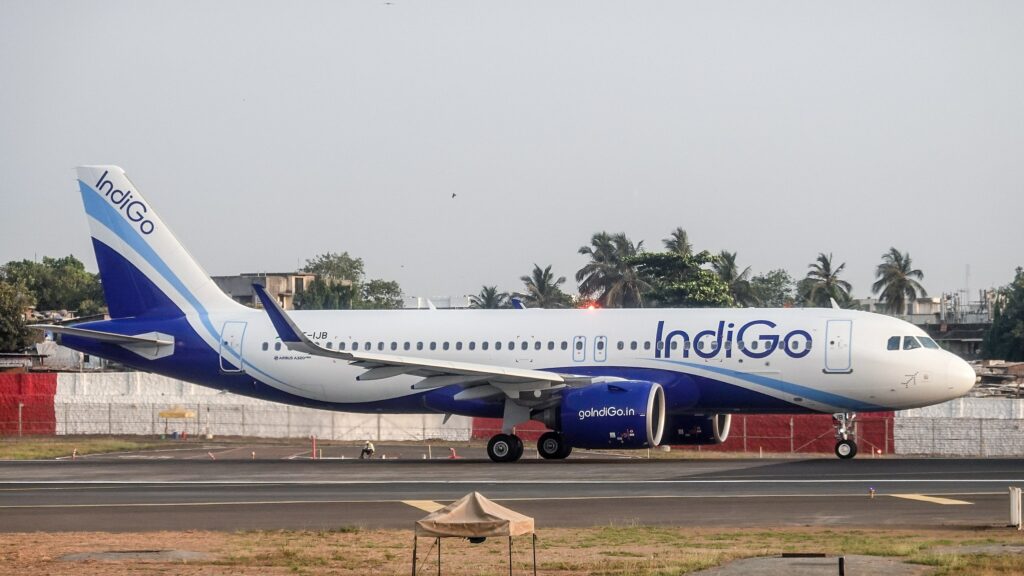
An IndiGo Airlines A320Neo on the runway at Mumbai. IndiGo is India’s largest airline. Photo by Timothy A. Gonsalves.
AT-TV’s assessment is less bullish than Boeing’s market outlook, which projects Indian airlines to add 25% capacity over the next year, with long-term growth targeted for 7%. Airbus is slightly more cautious, projecting 6.2% annual growth over the next two decades.
India is one of the world’s largest aviation markets. It’s also been one of the most challenging, with bankruptcies and constant financial distress plaguing the industry.
Summary
- India airlines have been in upheaval
- Tata Group wants new aircraft for Air India
- Indian airlines sustained major losses last year
- OEMs see long-term growth, but near-term outlook is choppy
Engine Development. Part 9. Gearbox or not?
Subscription Required
By Bjorn Fehrm
Introduction
October 13, 2022, © Leeham News: In our series, we look at the development of the latest single-aisle engines. Should these be geared? What do you gain and risk with a geared design? Is this a new development, or has it been around for a long time?
We examine the development of single-aisle engines since 2000, their fuel efficiency, and operational reliability.
Summary
- A geared design fixes some fundamental problems in a two-shaft turbofan.
- CFM proves you could just as well further develop what you have.
Engine Development. Part 8. Throttle push or not?
Subscription Required
By Bjorn Fehrm
Introduction
October 6, 2022, © Leeham News: The early years of 2000 saw new engine programs launched for the new Boeing 787 Dreamliner and Airbus response, the A350.
Substantial differences in the life of these aircraft programs made the engine programs develop differently. It was about throttle push or not.
Summary
- The Dreamliner engines changed as the 787 programs went through many stages.
- The Airbus A350 program was a standard program in comparison.
Engine Development. Part 7. Engine reliability changes the aircraft market
Subscription Required
By Bjorn Fehrm
Introduction
September 29, 2022, © Leeham News: The 1970s saw the introduction of the High Bypass engine for the medium/long range Boeing 747, Douglas DC-10, and Lockheed Tristar, with Airbus A300 employing an updated variant of the DC-10 engine for medium range missions.
In the following decades, these engines introduced improved technology and matured into new levels of reliability. With the increase in reliability came changes in how long-range aircraft were designed.
Summary
- The engine development after the introduction of the high bypass turbofans in the 1970s focused on reliability and higher efficiency rather than new design principles.
- The change in reliability made the two-engined long-range aircraft the winner over three and four-engine aircraft.
Pontifications: Single-pilot jetliners OK for cargo, not yet for passenger airplanes
Sept. 26, 2022, © Leeham News: I sat down with Fred Smith, the founder and now executive chairman of FedEx, on Sept. 15 at the US Chamber of Commerce Aerospace Summit. The first article appears here.
The balance of the interview covered a wide range of topics. I’ll summarize them below.
Engine Development. Part 6. High Bypass goes mainstream
Subscription Required
By Bjorn Fehrm
Introduction
September 22, 2022, © Leeham News: With the introduction of the High Bypass engine for the Boeing 747, Douglas DC-10, and Lockheed Tristar, it was obvious Pratt & Whitney’s low bypass engines on the Boeing 707, 727, 737, and Douglas DC-8, -9 should be attacked with a new High Bypass engine in this thrust class.
French Snecma and GE teamed up to break Pratt & Whitney’s monopoly of the jet engine market outside the widebodies. The CFM56 was born.
Summary
- With an exclusive fit on the Boeing 737 and a 10-year introduction advantage on the A320, the CFM56 has dominated over the competing IAE V2500.
- The CFM56 is the world’s most produced jet engine, with over 32,000 engines produced to date.
Boeing shows FedEx concepts for 787F and NMA-F
By Scott Hamilton

Concept of a Boeing 787F. Illustration is for the 787-8, but Boeing also is studying 787-9 option. Credit: Leeham News.
Sept. 20, 2022, © Leeham News: FedEx last week withdrew its previous financial guidance for the year on a revised analysis. Now, the company says, revenues will be about $500m less for air operations and about $300m less for ground operations.
The flagging global economy and higher costs are blamed. As a result, FedEx will be parking an unspecified number of airplanes and implementing cost savings initiatives.
But at the same time, the company is evaluating new aircraft freighters and potentially acquiring and converting used Boeing 777-300ERs to freighters.
In an interview on Sept. 15, the same day the financial forecasts were revised, Fred Smith told LNA that the airline is evaluating the 777-300ER aftermarket conversions and new airplanes offered by Airbus and Boeing.
The Boeing concepts include the proposed 787F and a freighter version of the New Midmarket Airplane (NMA). LNA revealed months ago that Boeing was studying both of these aircraft. Boeing already launched the 777-8F, another option for FedEx. Airbus has offered the A350F to FedEx. Smith said he’d like to see Airbus launch a new-build freighter version of the A321neo.
Related Articles
- ICAO standards are the death knell for the 777F and 767F
- Boeing vows to maintain freighter dominance
- Jump in R&D spending points to new Boeing airplane
- Boeing ponders 787F
The Airbus and Boeing market outlooks, Part 2
Subscription Required
By Vincent Valery
Introduction
Sept. 19, 2022, © Leeham News: In the first article last week, we focused on the differences in market outlook assumptions between Airbus and Boeing. Despite similar levels of passenger single-aisle and twin-aisle deliveries envisioned over the next two decades, there were significant differences in the underlying assumptions.
We now focus on whether there is enough production capacity to meet the envisioned aircraft demand over the next two decades.
Summary
- Outlining the delivery forecast assumptions;
- Converting deliveries into production rates;
- Estimating production capacity;
- Is Boeing implying something?
The Airbus and Boeing market outlooks, Part 1
Subscription Required
By Vincent Valery
Introduction
Sept. 12, 2022, © Leeham News: Airbus and Boeing published their updated 2022-2041 commercial aircraft outlooks ahead of the July Farnborough Air Show. Unsurprisingly, both OEMs saw robust demand for the next two decades despite recent economic headwinds that lowered long-term fleet growth forecasts.
Airbus and Boeing see a market for delivering 38,600 and 38,110 single-aisle and twin-aisle passenger aircraft over the period. A 1.3% difference over 20 years is well below the margin of error of such long-term forecasts.
However, despite such minor overall differences in long-term delivery forecasts, both OEMs use different assumptions to come up with those numbers.
Also, the recent challenges with increasing production rates on single-aisle aircraft raise the question of whether there is enough capacity to meet the optimistic demand outlook.
The first part of this two-article series highlights the main assumption differences between the Airbus and Boeing market outlooks. The second will translate those assumptions into production rates and assess whether OEMs can meet that demand, notably over the next 10 years.
We will focus on the single-aisle (100 passengers and above) and twin-aisle passenger markets.
Summary
- One OEM is more optimistic about fleet growth;
- Another on replacement rates;
- A (maybe not) surprising up-gauging assumption for one OEM;
- Higher growth rates than meet the eye.



